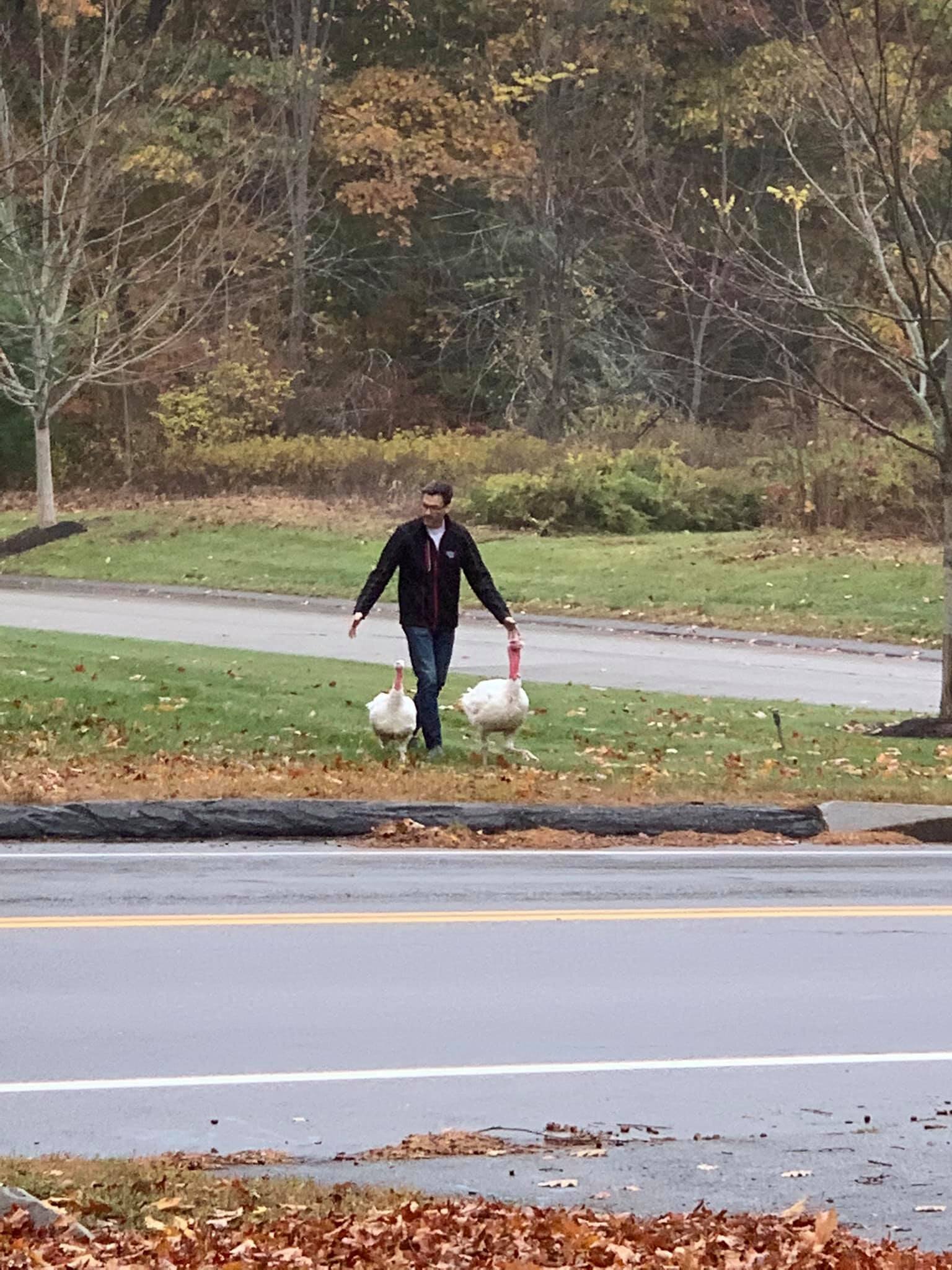Young hen move-up day.
/The first time I integrated new birds into my older flock of hens, it was a mess. "Just slip them in at night," an old farmer told me. "Chickens are so stupid, when they wake up in the morning, they'll think they were always there."
Chickens aren't the brightest animals around. But they're not quite as slow as that. And besides, they have a very determined pecking order - literally. The youngest and smallest of the birds can become victims of some pretty heinous pecking of older, bully birds if they cross them and aren't able or willing to stand up for themselves. One of the young pullets in that first lot was pecked until she was bloody shreds. The only thing I could do at that point was to dispose of her mercifully.
That was several years ago now, and fortunately, I've since learned a trick or two and we now have integration down to a pretty successful science.
These young ladies moved in a couple of weeks ago - I bought a beautiful batch of pullets off of my nearby neighbor of Hencam.com fame.

Preparation for integration begins by segregating the run. I split off a bit more than a third of the run for the young ones, and install temporary t-posts and fencing. The older hens are always curious, and several of them usually end up on the wrong side. I lift them back out a couple of times until I'm done, and install a waterer and feeder in the newly separate area, in readiness for its new inhabitants.
One of the most useful small livestock accessories I have is the large, plastic dog crate. I haven't needed it for our St. Bernard since she was a (rather big) pup, and besides - she's outgrown it now. But I've used it for transporting the young piglets, a dozen or more chickens at a time, and every flock-integration season, it becomes temporary housing for the young pullets.
I split the crate in half, and turn them both over to provide a small shelter for them outside. Chickens like to retreat to sheltered spaces - it's instinctual later when they start laying, and they're more comfortable having ready access to that kind of shelter as they mature, I've found.
I also make sure the feeder has a cover, since it's outside. A small sheet of plywood or tin held to the fence on one side and tilted over the feeder works just fine to protect the feed from being ruined by rain.
The pullets live in this area for two weeks., separated only slightly from the older hens. They can see each other, and interact with each other through the fence. This gives them the opportunity to get accustomed to one another and not feel threatened. I also make sure to give the older ones plenty of distractions to keep them content during this time. A couple of extra cabbages, juicy watermelon rinds, a spaghetti squash. That kind of thing.
When I feel they're ready, I roll back the fence and let them start to mingle.
Big hens and little get their first chance to walk around each other. But by this point, it's not really a big deal for either. It's always fun to sit and watch them get their first chance to rub shoulder feathers, so to speak. My Bride is feeding them some fresh arugula from the garden here, picking out the more curious and friendly ones.
I won't take out the extra waterer, feeder or shelters for another week or so. Again - this allows the individuals to mingle without threat, and shake themselves out in a new order. The hay bales are leftover from the winter snow-shelters, and serve as shelters for grubs and bugs that the hens love to scatch and pick for. The timing of them turning from "hay" to "mulch" always works out perfectly for the incoming pullets.
Until the young birds are fully grown and laying, we usually see them sort of congregate in their "young" and "old" cliques. But it happens without any bad feelings between the birds, and they mingle happily in the coop and run.
It's still another 10 or 11weeks or so until they start laying and earning their keep. But I'm glad to have them well settled in.







